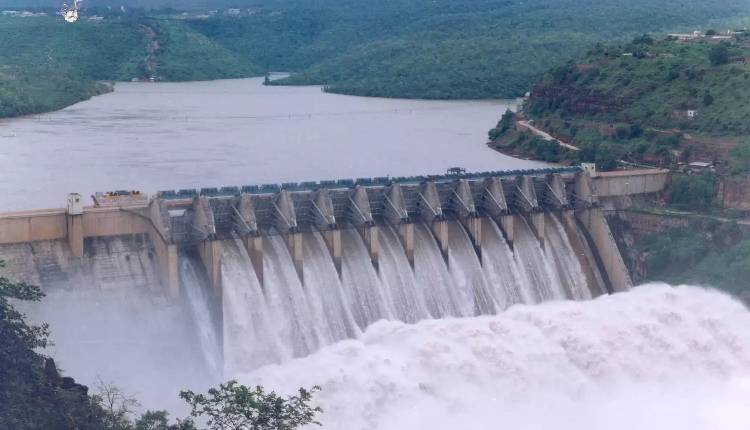India’s hydroelectricity output saw its steepest decline in nearly four decades in the year ending March 31, Reuters analysis revealed on Monday.
Erratic rainfall caused a 16.3 per cent drop in India’s hydroelectricity production, leading to a greater dependence on coal power and a slight dip in renewable energy use, the first since India’s 2015 commitment to enhance solar and wind capacity.
Low reservoir levels, at a five-year minimum, suggest that hydro output will likely remain low during the hot months of April to June, potentially increasing coal dependence.
K. J. Ramesh, former chief of the Indian Meteorological Department, said that he anticipated high rainfall during this year’s monsoon, but its impact on hydroelectric output won’t be evident until July.
Hydropower’s share in India’s total power output fell to a record low of 8.3 per cent in the fiscal year ending March 31, compared to an average of 12.3 per cent in the previous decade.
This decline is due to a slowdown in the addition of new capacity, with other sources like coal, solar, and wind gaining share.
Power generation from coal and lignite rose by 13.9 per cent in 2023–24, outpacing the 9.7 per cent increase in renewable sources’ output. Despite a 2022 target to install 175 gigawatts (GW) of renewable energy, India remains 38.4 GW short, with fossil fuel dependence hitting a five-year high of 77.2 per cent in 2023/24.
Globally, hydropower output fell for only the fourth time since 2000 due to lower rainfall and warmer temperatures caused by the El Nino weather pattern. India, the world’s sixth-largest hydropower producer, experienced a decline nearly seven times faster than the global average.



